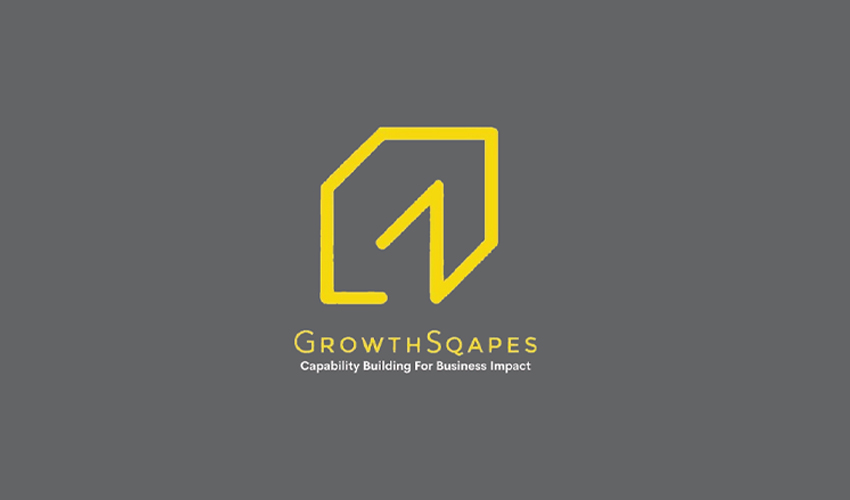Business organisations exist to make profits by sustaining their competitive advantages. Effective organisations achieve profits on a consistent basis. Organisational effectiveness is about achieving the intended organisational results via organisational performance. Leadership and employee capabilities are central to an organization’s ability to achieve results by striking a balance between the expectations of the internal stakeholders (employees) and external stakeholders (customers). However, notably it’s the leaders who drive the results. Whereas, mission, vision and strategies are identified and formulated to map what the organization should do, it’s the leader with their knowledge, skills, attitudes, put through the processes within the organizations’ boundaries, authorities, roles, tasks, their energies and resources that makes the recipe for the sustainable results.
Studies pertaining to leadership in the far past have demonstrated that an appropriate leadership style can influence the performance of the employees as well as the organisation. But more recently – beginning early nineties, Emotional Intelligence (EI) has captured tremendous interest of scholars and Organisation Development (OD) practitioners in understanding employee and organisation performance because it explores and explains variations in leadership behaviour from the point of view of psychology and neuroscience. Although EI has drawn criticism on its conceptual overlapping with personality and cognitive intelligence, evidences are available establishing EI as a unique construct, which leads to specific leadership behaviours, that is responsible for both employee and organisation performance.
Emotional Intelligence as a term was as created by two researchers – Peter Salavoy and John Mayer. However, as a practical concept and an area of study, it was popularized by Dan Goleman in his book of the same name, published in 1996. The works of Goleman made him become an authority in the field of EI and gave him wide recognition as the guru of EI. In his words “EI is the capability of individuals to recognize their own emotions and those of others, discern between different feelings and label them appropriately, use emotional information to guide thinking and behaviour”.
In simple, conceptual terms EI or EQ (the score to measure EI) is the ability to:
- Recognize, understand and manage our own emotions to guide our behaviour.
- Recognize, understand and influence the emotions of others. In practical terms, it means developing awareness of the fact that emotions can drive our behaviour and impact people (positively and negatively), and learning how to manage those emotions – both our own and others, in an intelligent manner. Some instances when one would need to manage one’s emotions intelligently?
- Dealing with challenging relationships
- Meeting tight deadlines
- Giving and receiving feedback
- Dealing with change
- Dealing with setbacks and failure.
From a leadership standpoint, as per various thinkers and writers in the same field, emotional intelligence of business leaders plays a vital role in ensuring organisation performance and consequently organisational effectiveness. This is because, metaphorically speaking, in business organisations, leadership styles are like fire, which can be a good servant but a bad master. Similar to a double-edged sword. This is because, as a human resource management competence, leadership styles have both constructive as well as disruptive dimensions in the workplace.
Depending on the situational suitability, while leadership style can act as a motivator in building a performance orientation and culture in the organisation, it can also act as a deterrent to the same. As per more recent (starting early nineties till date) studies and research done by organisational behavioural (OB) scholars and OD practitioners in understanding employee and organisation performance and the subsequent validation by eminent business leaders, the fact that comes to the fore is that within the realm of leadership, today it is the emotional quotient of business leaders that impacts the behaviour and performance of employees and organisation. The review of authoritative documented literature written by eminent thought leaders also points to the same direction.
In the whitepaper attached, the overall objective is to explain the effects of EI leadership styles on employee and organizational performance.
To read the full whitepaper click here.
This Whitepaper has been authored by the Leadership Practice team of GrowthSqapes under the guidance of Baalmki Bhattacharyya, Partner& COO – GrowthSqapes.






